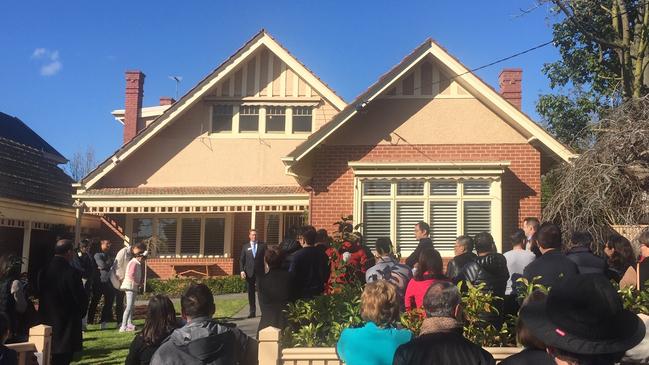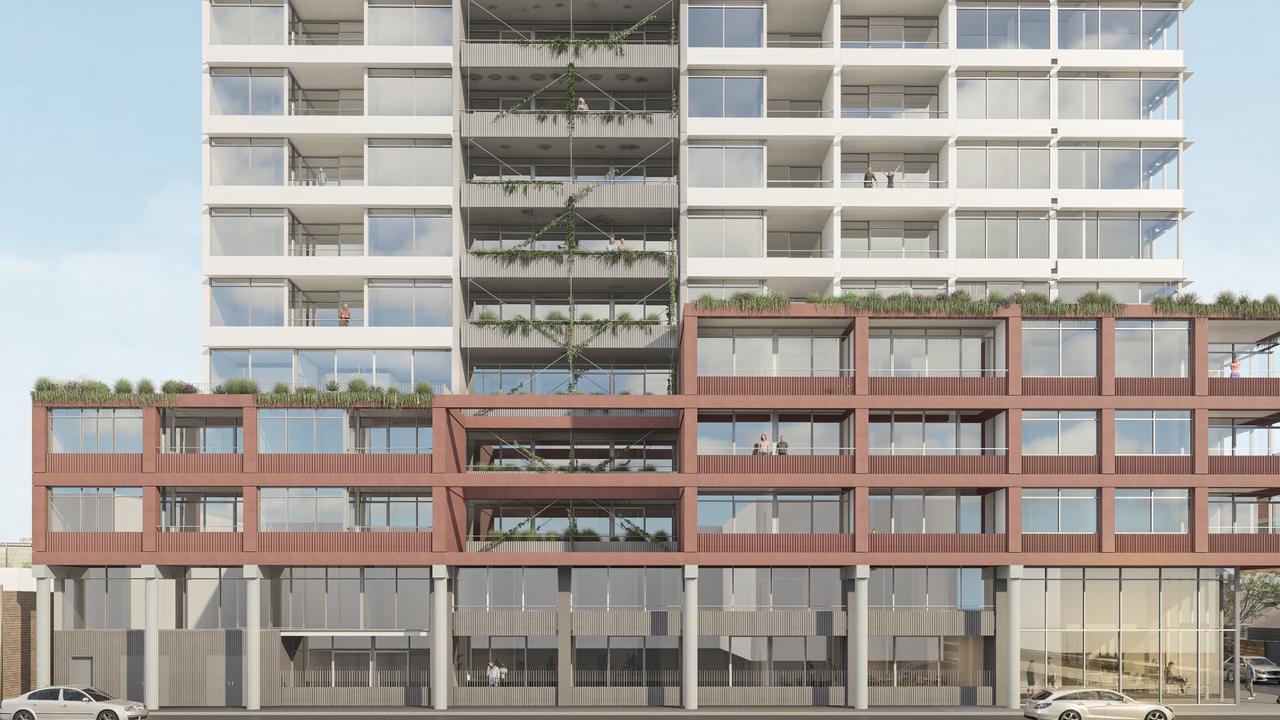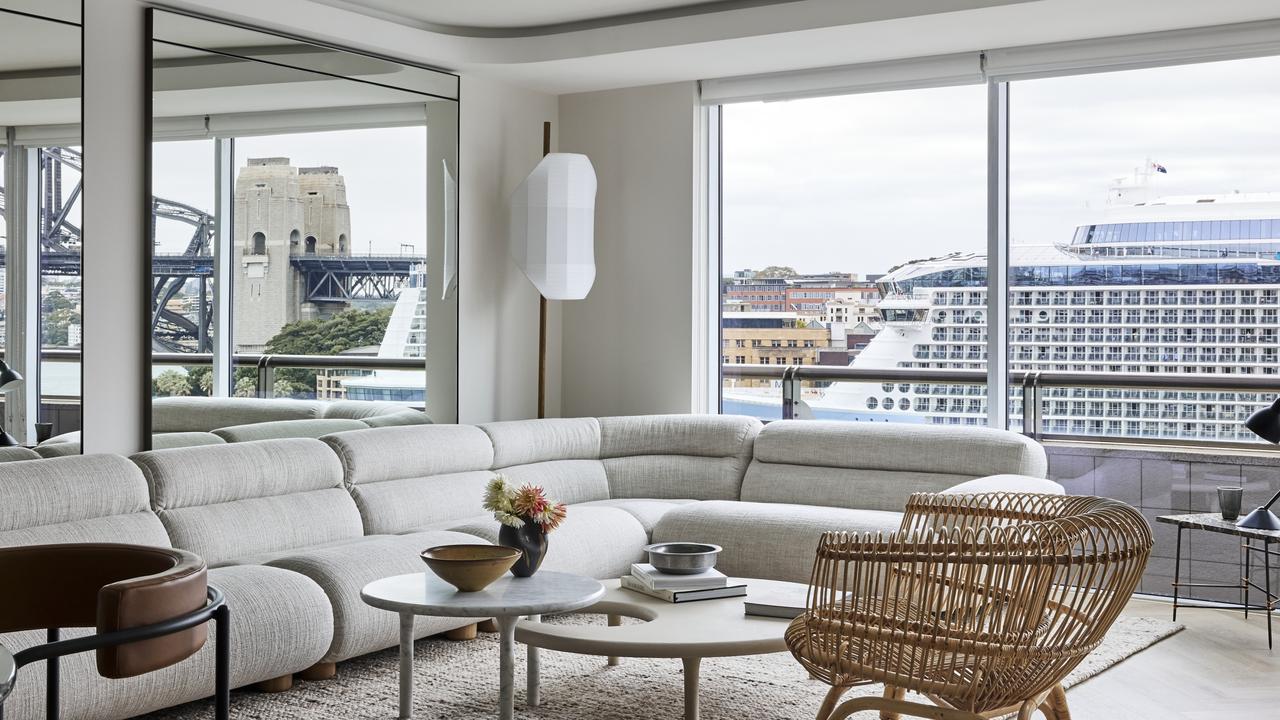August house price data shows early signs of recovery
August data shows low rates have helped spark increased confidence and early signs of a recovery in the housing market.

National house prices increased for the first time in almost two years in August, signalling increased market confidence and early signs of a recovery.
Property researcher CoreLogic’s monthly Hedonic Home Value Index found that five out of Australia’s eight capitals reported improvements for August. Sydney was the strongest performer, up 1.6 per cent, followed by Melbourne (up 1.4 per cent), Canberra (up 0.8 per cent) and Hobart (up 0.5 per cent). Brisbane and Adelaide remained mostly stable, up 0.2 per cent and down 0.2 per cent respectively, while both Perth and Darwin fell.
The national housing market finished 0.8 per cent higher in August, the first gains since October 2017 and the largest since April 2017.
CoreLogic’s head of Australian research, Tim Lawless, said the accelerated rate and widespread nature of price improvements was a good sign of an early market recovery.
“This is a continuation of the trend we’ve seen throughout 2019, where the rate of decline was consistently improving and then we started to see values rising,” Mr Lawless said.
While affordability created throughout the downturn helped to attract first home buyers and owner-occupiers into the market, the August spike is more likely to be linked to historically low interest rates, and a loosening in credit availability through the removal of macroprudential policies and serviceability rule changes by APRA. Post-election tax cuts are also likely to have provided a boost.
“Overall, I think the housing market has started to show a trend towards recovery and that probably means housing confidence is starting to improve as well, likely adding some further benefits and uplift in values,” said Mr Lawless.
August was the third consecutive month that Sydney and Melbourne prices increased. But the rate of improvement accelerated, with August showing the largest month-on-month gain in both capitals since before the 2017 peak in prices.
Mr Lawless said the rate of increase was not a precursor to another boom and that the market was unlikely to be able to sustain current price growth.
“It is certainly a material step upwards,” he said.
“I guess it’ll be interesting to see how long, or whether, this rapid recovery will be sustained. My guess is we probably will see some dampening of such strong growth rates as we move through spring and listing numbers rise.
“But, if we don’t see a slowdown of this trajectory that we saw in August, almost certainly there will need to be a credit response that we could see coming out of APRA or from the Council of Financial Regulators, basically aiming to keep a lid on household debt.”
Total annual price change in Sydney sits at negative 6.9 per cent and negative 6.2 per cent in Melbourne.
Perth and Darwin prices continued to fall, down 0.5 per cent and 1.2 per cent for the month respectively. However, Mr Lawless noted quarterly figures hint towards a slowing rate of decline.
In the subregions, major cities such as Newcastle, Lake Macquarie and Geelong have experienced slight price growth which may indicate the recovery is spilling out of the capitals and into satellite cities.




To join the conversation, please log in. Don't have an account? Register
Join the conversation, you are commenting as Logout